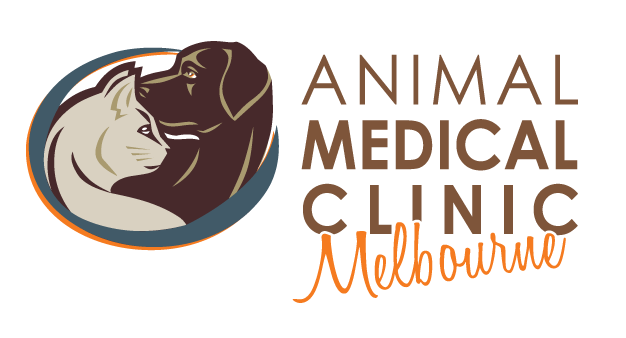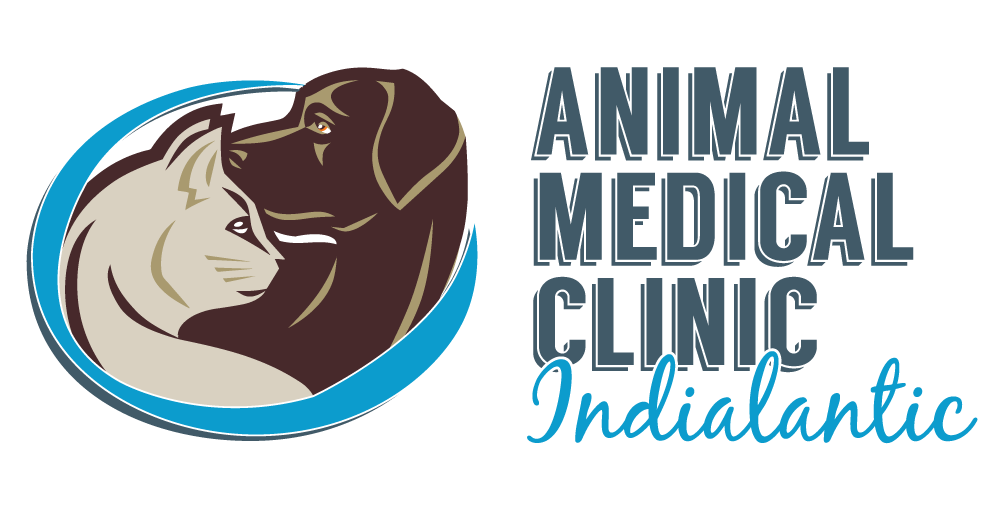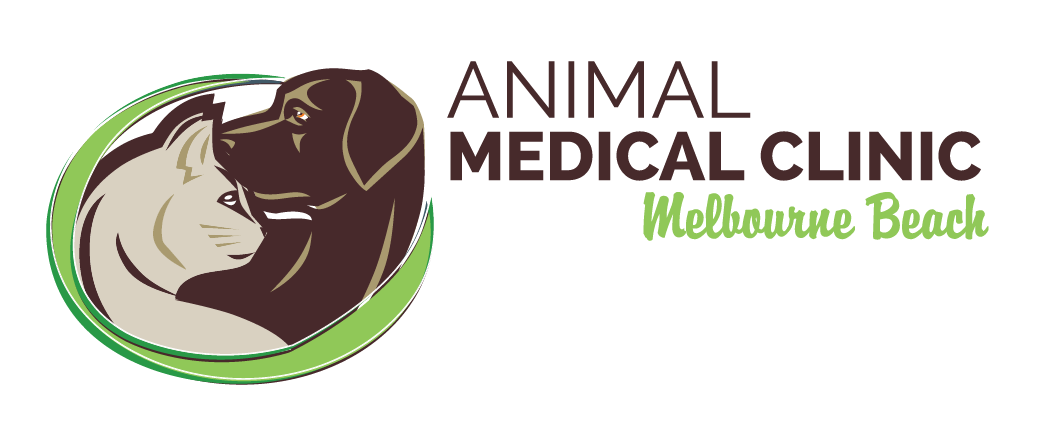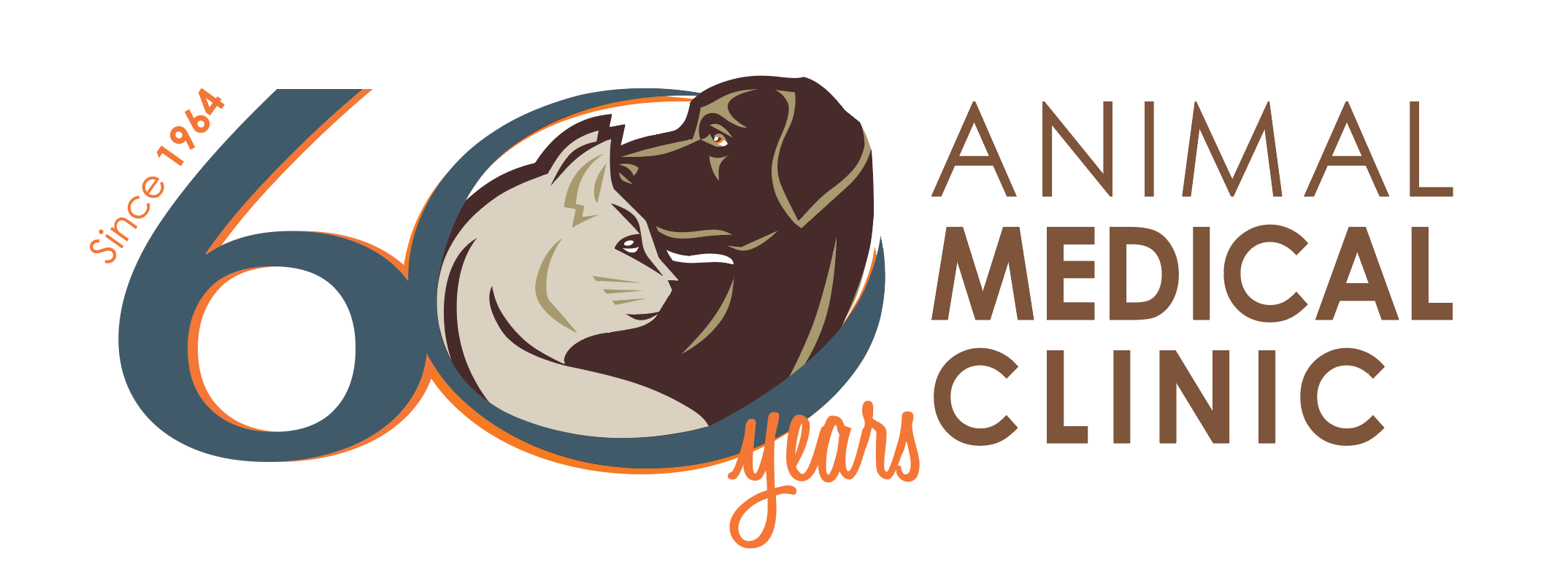Maintaining a healthy weight is essential for the overall well-being and longevity of your pets. Just as in humans, obesity in dogs and cats can lead to a host of health problems, including diabetes, arthritis, heart disease, and a decreased quality of life. Here are some essential tips to help prevent and manage obesity in your furry friends.
Feed Based on Ideal Body Weight
The amount of food you give your pet should be based on their ideal body weight, not necessarily their current weight. Feeding based on actual weight, especially if your pet is already overweight, can lead to overfeeding and further weight gain. Consult your veterinarian to determine your pet's ideal weight and appropriate daily caloric intake.
Be Cautious with Feeding Charts
Most feeding guidelines printed on pet food packaging are designed for the high end of caloric needs. Following these charts can inadvertently lead to overfeeding. Remember that individual pets have different metabolisms and activity levels, so tailor feeding amounts to suit your pet’s specific needs rather than relying solely on general recommendations.
Adjust After Spay or Neuter
After spaying or neutering, a pet’s caloric requirements can drop by 20-33%, but their appetite may increase. It’s crucial to adjust feeding amounts to account for this change in metabolism. Failure to do so can result in rapid weight gain post-surgery. Monitor your pet’s body condition closely and consult your veterinarian for guidance on post-surgery nutrition.
Monitor Treats and Snacks
Treats should make up no more than 10% of your pet’s daily caloric intake. High-calorie treats can add up quickly and contribute to weight gain. Consider healthier options like baby carrots, green beans, or commercially available low-calorie treats. Avoid feeding table scraps, as these are often high in fat and calories.
Encourage Regular Exercise
Physical activity is a critical component of preventing obesity. Aim for at least 30 minutes of exercise daily for dogs, such as walks, playtime, or agility training. For cats, interactive toys, laser pointers, or food puzzles can encourage activity and mental stimulation.
Monitor Body Condition
Regularly assess your pet’s body condition using a Body Condition Score (BCS) chart, which rates their physique on a scale from 1 to 9. Your pet should have a visible waistline when viewed from above, and you should be able to feel (but not see) their ribs. If your pet’s BCS is in the overweight or obese range, consult your veterinarian for a tailored weight loss plan.
Weigh Your Pet Regularly
Regular weigh-ins can help you track your pet’s progress and catch weight gain early. Animal Medical Clinic offers free weight checks, so take advantage of this service to stay on top of your pet’s health.
Work with Your Veterinarian
Your veterinarian is your best resource for managing your pet’s weight. They can provide nutritional counseling, recommend portion sizes, and even prescribe therapeutic diets if necessary. Remember, weight loss should be gradual to ensure it is safe and sustainable for your pet.
By being proactive about your pet’s weight, you can help them live a healthier, happier, and longer life. Always remember: prevention is key, and maintaining a healthy weight is one of the greatest gifts you can give your furry companion.



